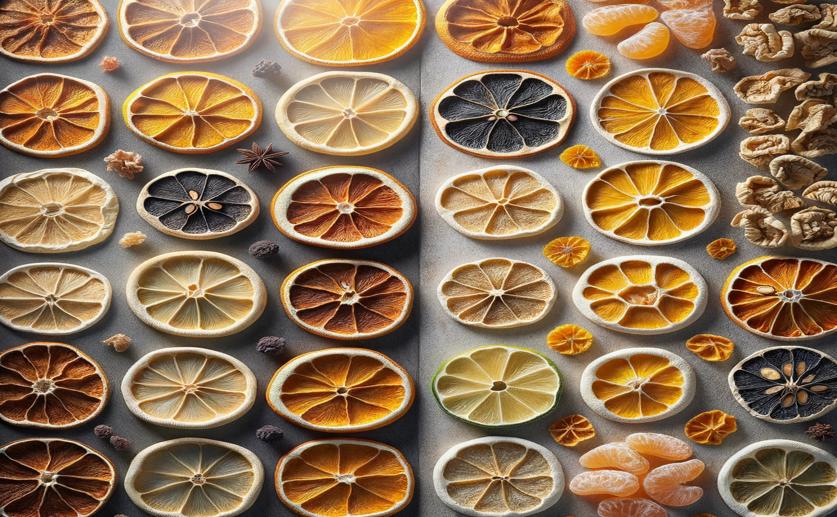
Aroma Profiles of Dried Citrus: Comparing Oven-Dried and Freeze-Dried Methods
Jim Crocker
27th July, 2024

Image Source: Natural Science News, 2024
Key Findings
- Researchers at Zhongkai University of Agriculture and Engineering studied the aroma profiles of dried gonggans using oven- and freeze-drying methods
- Freeze-drying preserved citrus and mandarin-like aromas better, retaining high levels of key compounds like limonene and citral
- Oven-drying at high temperatures enhanced floral, fruity, and sweet aromas by promoting the accumulation of terpenes and generating new VOCs
References
Main Study
1) The aroma profiles of dried gonggans: Characterization of volatile compounds in oven-dried and freeze-dried gonggan.
Published 26th July, 2024
https://doi.org/10.1016/j.foodres.2024.114716
Related Studies
2) Differentiation between Flavors of Sweet Orange (Citrus sinensis) and Mandarin (Citrus reticulata).
3) Influence of drying on the flavor quality of spearmint (Mentha spicata L.).
Journal: Journal of agricultural and food chemistry, Issue: Vol 51, Issue 5, Feb 2003
4) Biosynthesis, function and metabolic engineering of plant volatile organic compounds.



 24th June, 2024 | Jim Crocker
24th June, 2024 | Jim Crocker